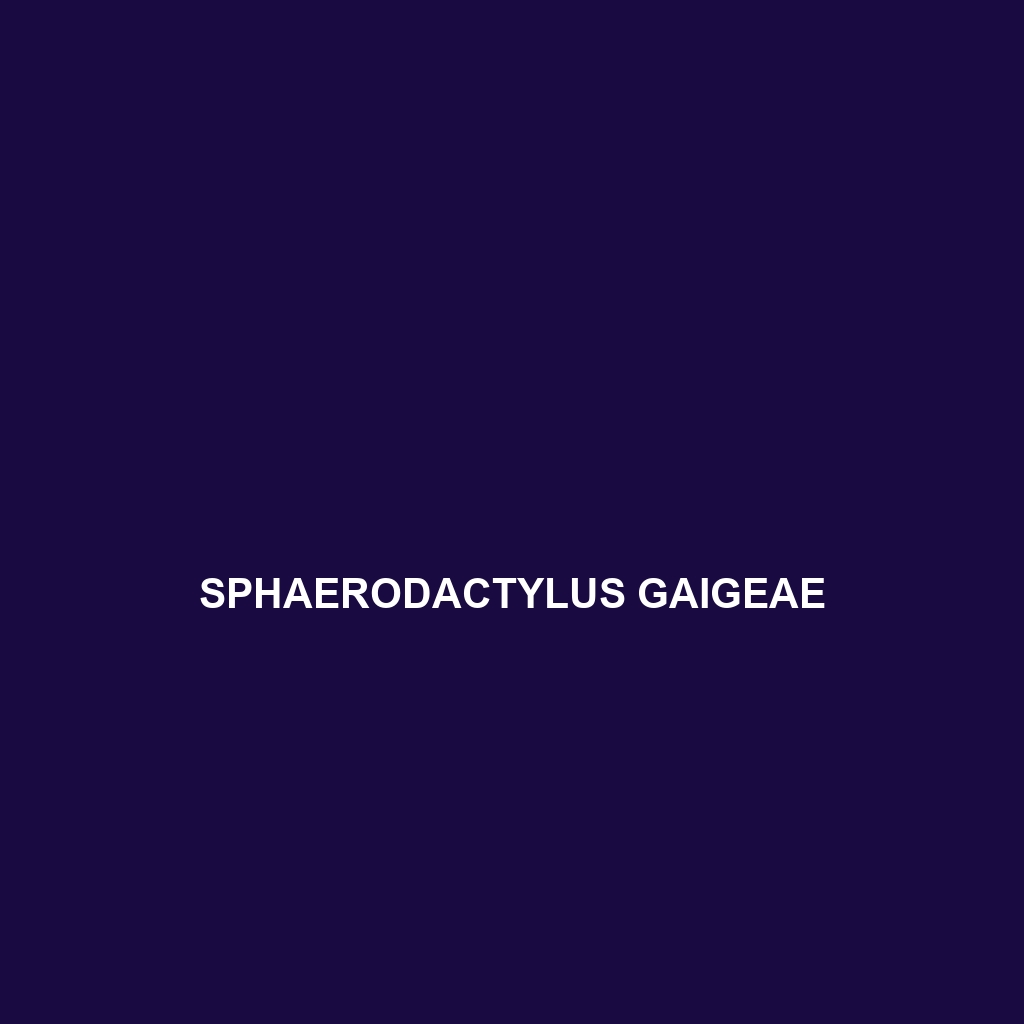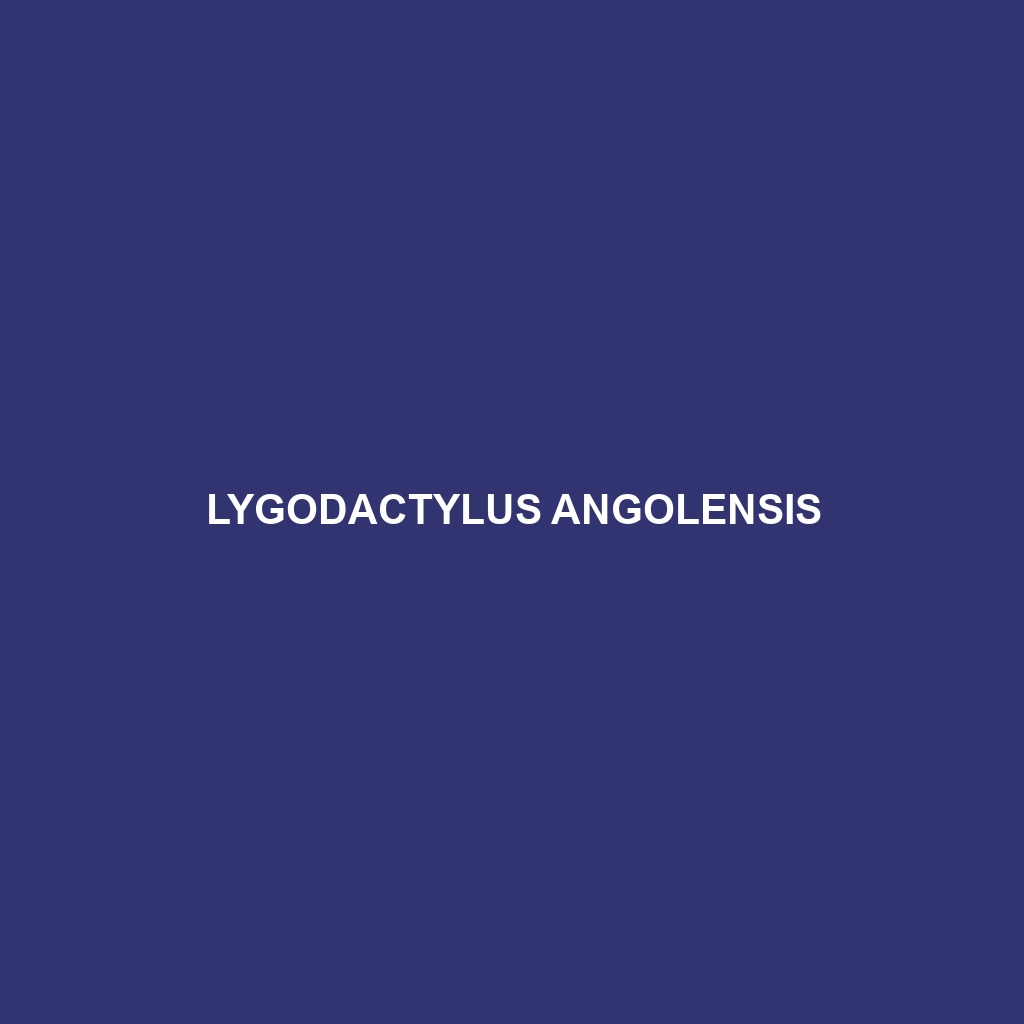<b>Sphaerodactylus gaigeae</b>, commonly known as Gaige's Sphaero, is a small, nocturnal lizard native to the Caribbean, thriving in humid subtropical rainforests and mangrove ecosystems. Measuring 2 to 4 inches in length, this insectivorous species features a slender body with smooth, glossy scales and plays a crucial role in maintaining ecological balance by controlling insect populations.
Tag: conservation status of lizards
Phrynocephalus roborowskii
Phrynocephalus roborowskii, also known as Roborowskii’s desert lizard, is a small, agile lizard native to the arid landscapes of Central Asia, specifically the Gobi Desert, characterized by its pale yellow to light brown coloration, spiny scales, and large bulbous eyes. Adapted to harsh conditions, this insectivorous reptile exhibits fascinating behaviors, including territorial displays and quick burrowing to evade predators.
Phrynocephalus euptilopus
<p>The <b>Toad-headed Agama (<i>Phrynocephalus euptilopus</i>)</b> is a unique lizard native to the arid regions of Central Asia, exhibiting a flattened body, broad head, and excellent camouflage that allows it to thrive in harsh environments. Known for its diurnal behavior and diet primarily consisting of insects, this resilient species plays a vital role in maintaining the ecological balance of its desert habitat.</p>
Phrynocephalus clarkorum
Introducing the remarkable Phrynocephalus clarkorum, a moderate-sized lizard native to the rocky desert landscapes of Central Asia. This diurnal insectivore exhibits unique camouflage abilities, fascinating behaviors, and plays a vital role in its ecosystem by controlling insect populations.
Meroles squamulosus
<p>The <b>Meroles squamulosus</b>, commonly known as the <b>Scaly Ground Lizard</b>, is a diurnal species native to the semi-arid regions of southern Africa, featuring an elongated body that reaches lengths of 15 to 20 centimeters and a variable coloration of earthy tones. This insectivorous lizard plays a crucial role in its ecosystem by controlling insect populations and serving as prey for larger animals.</p>
Lygodactylus angolensis
Lygodactylus angolensis, a small insectivorous lizard measuring 10 to 15 cm, thrives in central and southern Africa's tropical forests and savannas, showcasing vibrant colors during mating rituals. Known for its agility and unique role in ecosystem balance, this species helps control insect populations while serving as prey for larger predators.
Liolaemus wari
Discover the unique Liolaemus wari, a captivating lizard from the southern Andes, thriving in diverse habitats such as temperate forests and rocky outcrops. With its stunning color variations and agile behaviors, this insectivorous species plays a vital role in maintaining ecosystem balance while showcasing intriguing social interactions and reproductive strategies.
Liolaemus tacnae
<p><b>Liolaemus tacnae</b> is a captivating lizard species native to the high-altitude regions of the Andean mountains in northern Chile, notable for its colorful scales, distinctive dorsal crest, and adaptability to rocky alpine environments. Inhabiting areas with sparse vegetation, these insectivorous lizards play a crucial role in their ecosystem by controlling insect populations and serving as prey for larger animals.</p>
Liolaemus multicolor
Discover the vibrant Liolaemus multicolor, a striking lizard native to the mountainous regions of Chile and Argentina, showcasing a mix of greens, blues, and yellows. With a diet primarily consisting of insects and a notable adaptability to various habitats, this species plays a crucial role in its ecosystem as both predator and prey.
Liolaemus huacahuasicus
Discover the remarkable Liolaemus huacahuasicus, a high-altitude lizard from the Andes, known for its striking earthy coloration, agility in rocky terrains, and adaptability to cold climates. This insectivorous species plays a crucial ecological role by controlling insect populations and contributing to nutrient cycling in its habitat.









